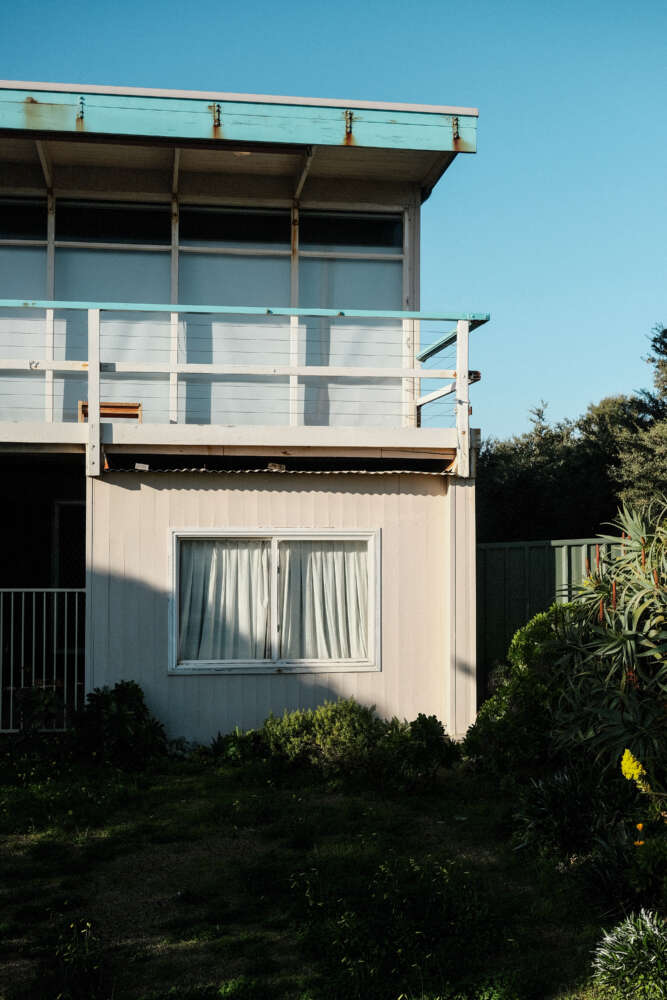Fuji cameras have garnered a devoted following for their exceptional image quality, intuitive handling, and a unique feature that sets them apart from the crowd: film simulations. These built-in emulations faithfully recreate the look and feel of classic Fuji films, allowing photographers to tap into a rich heritage of photographic aesthetics directly within their digital workflow. In this comprehensive guide, we’ll explore the world of Fuji film simulations, delving into their history, understanding their distinctive characteristics, and uncovering creative ways to use them to elevate your photography.
A Brief History of Fuji Film Emulations
Fuji’s legacy in film manufacturing spans decades, during which they produced iconic film stocks that have shaped the visual language of countless photographers. With the advent of digital photography, Fuji embarked on a mission to translate the essence of these beloved films into digital profiles. Film simulations were born, capturing the unique colour palettes, tonality, and grain structures of classic Fuji films, making them accessible to a new generation of photographers.
Understanding the Emulations
Fuji offers an array of film simulations, each with its distinct personality and applications. Let’s explore some of the most popular ones:
-
Provia/Standard: This versatile simulation delivers a balanced and natural look, akin to a general-purpose colour film. It’s an excellent starting point for various genres of photography, from landscapes to portraits.
-
Velvia: Known for its vibrant colours and enhanced saturation, Velvia is ideal for capturing dramatic scenes with punchy hues. It’s particularly well-suited for landscapes, nature, and travel photography.
-
Astia: This simulation offers a softer, more subtle colour palette with reduced saturation. It’s favoured for portraiture, weddings, and other situations where a delicate and flattering look is desired.
-
Classic Chrome: Evoking the aesthetic of classic colour reversal films, Classic Chrome delivers muted colours and a timeless feel. It’s often used for street photography, documentary work, and creating a vintage vibe.
-
ACROS: This black and white simulation emulates the legendary Neopan Acros film, known for its rich tonality, fine grain, and smooth gradation. It’s perfect for capturing dramatic landscapes, architecture, and portraits with a classic black and white aesthetic.
-
ETERNA: Originally designed for cinema, ETERNA offers a film-like look with subdued colours and a wide dynamic range. It’s a popular choice for video shooters but can also be used for stills photography to achieve a cinematic feel.
Creative Applications
The true power of Fuji film simulations lies in their ability to infuse your images with a unique mood and character. Here are some creative ways to use them:
-
Match the Emulation to the Scene: Consider the emotion and atmosphere you want to convey in your photograph, then choose the emulation that best complements the scene. For instance, use Velvia for vibrant landscapes, Astia for soft portraits, and Classic Chrome for a nostalgic street scene.
-
Experiment with Custom Settings: Most Fuji cameras allow you to fine-tune the parameters of each film simulation, adjusting colour, sharpness, highlight and shadow tones, and grain levels. Don’t be afraid to experiment and create custom recipes that align with your personal style.
-
Combine Emulations with In-Camera Editing: Fuji cameras offer powerful in-camera editing capabilities, enabling you to further enhance your images with creative filters, crops, and adjustments. Use these tools in conjunction with film simulations to achieve your desired look.
-
Embrace the Film-Like Aesthetic: Film simulations inherently evoke the charm and imperfections of analogue photography. Embrace the subtle grain, the gentle colour shifts, and the overall organic feel that these emulations offer. They can add a touch of nostalgia and authenticity to your digital images.
-
Tell a Story Through Colour: Colour plays a crucial role in visual storytelling. Use film simulations to create a consistent colour palette throughout a series of images, establishing a cohesive mood and narrative.
-
Monochromatic Magic: Black and white photography possesses a timeless appeal. Explore the nuances of ACROS and other monochrome simulations to capture striking images with depth and drama.
-
Push the Boundaries: Don’t limit yourself to traditional applications. Experiment with unconventional pairings, such as using Classic Chrome for landscapes or ETERNA for portraits. The unexpected combinations can yield surprising and captivating results.
Tips for Getting the Most Out of Fuji Film Emulations
-
Shoot RAW: While film simulations can be applied in-camera to JPEGs, shooting in RAW format gives you maximum flexibility in post-processing. You can adjust the emulation settings later in software like Capture One or Lightroom, or even try different simulations altogether.
-
Calibrate Your Monitor: Accurate colour reproduction is crucial for appreciating the subtleties of film simulations. Make sure your monitor is properly calibrated to ensure that what you see on screen accurately reflects the colours in your images.
-
Print Your Work: The tactile experience of holding a physical print can reveal nuances that might be missed on a screen. Print your images on high-quality paper to fully appreciate the beauty of film simulations.
-
Join the Community: Fuji has a vibrant and passionate community of photographers who share their work and knowledge online. Connect with fellow Fuji shooters on social media, forums, and dedicated websites to learn new techniques and gain inspiration.
Conclusion
Fuji film simulations offer a gateway to a world of creative expression, allowing photographers to tap into the rich heritage of classic Fuji films and infuse their digital images with unique character and mood. By understanding the nuances of each emulation, experimenting with custom settings, and embracing the film-like aesthetic, you can elevate your photography to new heights.
Remember, the best way to master Fuji film simulations is to get out there and shoot. Explore different genres, experiment with various emulations, and don’t be afraid to push the boundaries. With a little practice and a willingness to explore, you’ll discover the endless creative possibilities that these powerful tools offer. Happy shooting!
If you are looking for a used Fuji camera or used Fuji lens take a look here!









